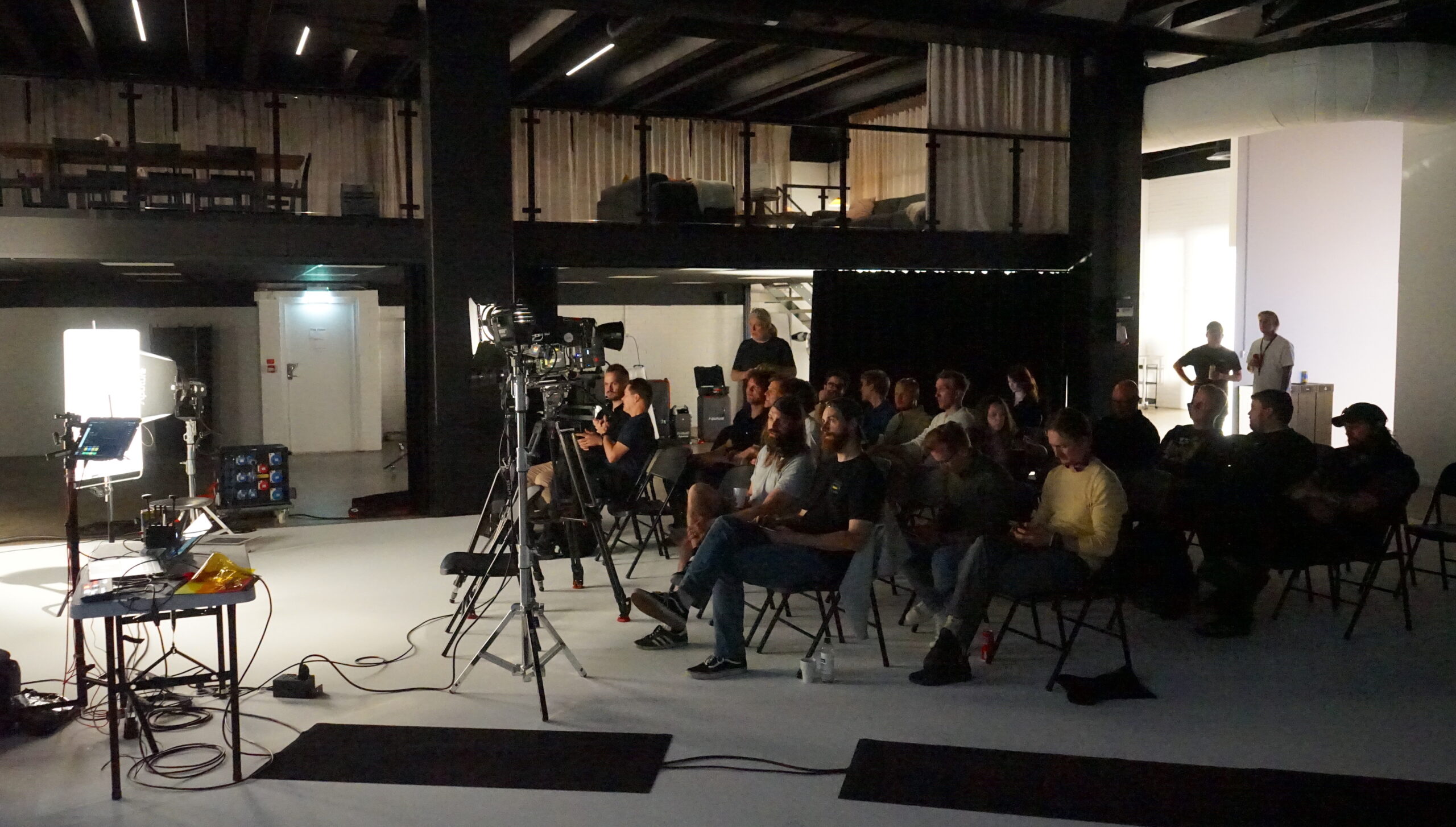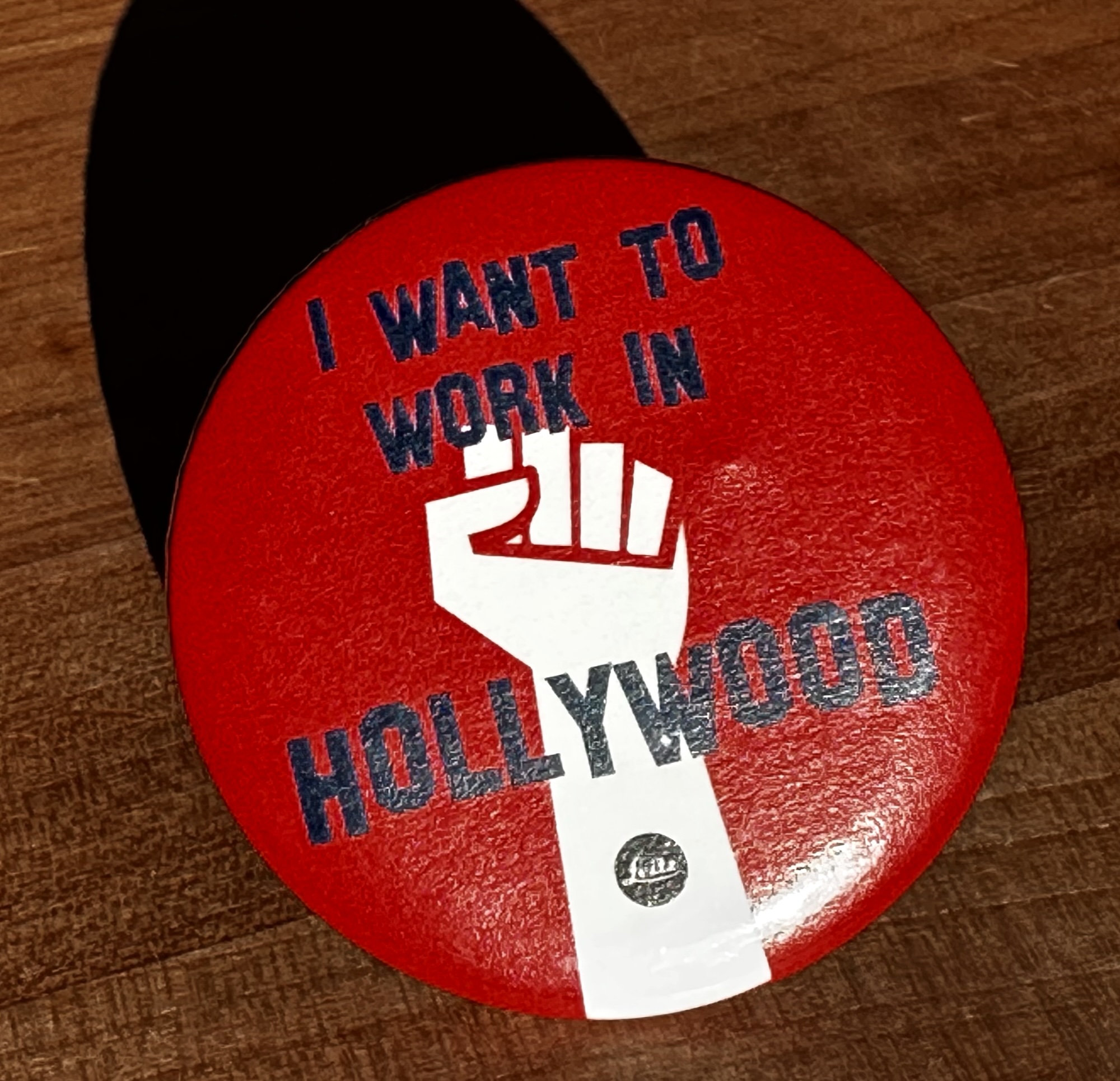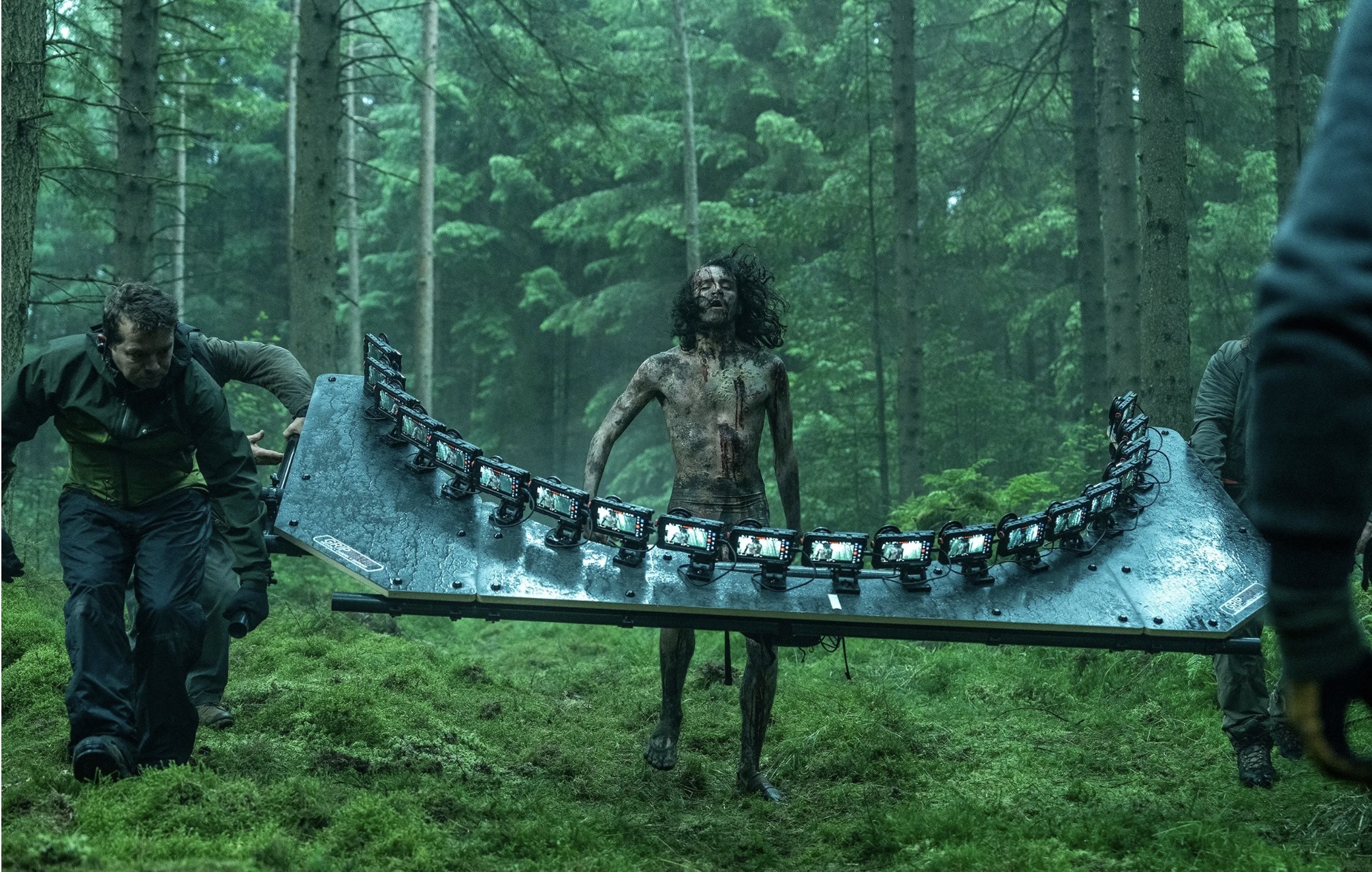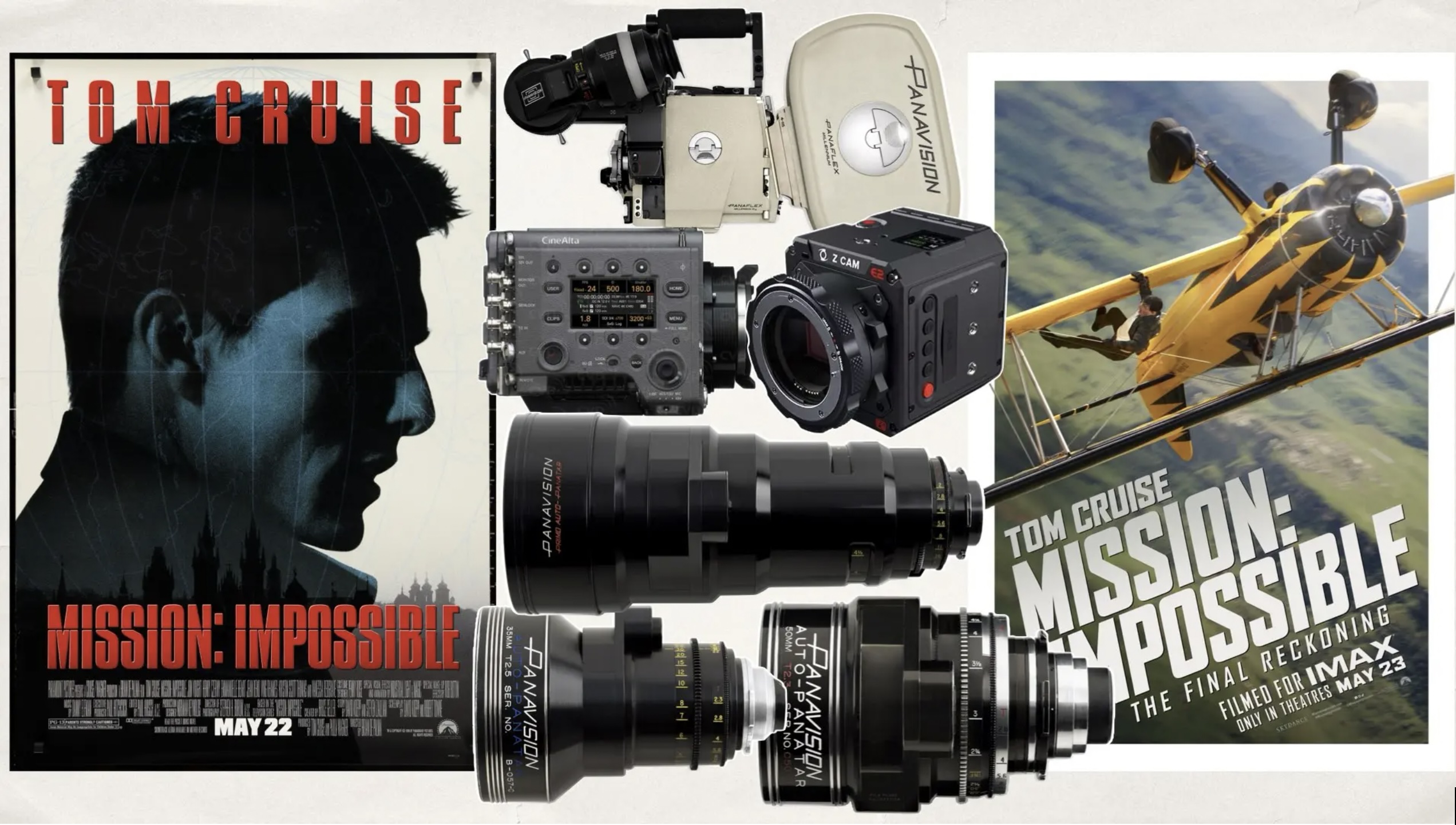Projection Lens Shoot-Out at SFI
I had an interesting experience recently, Jerry Axelsson from the Swedish Film Institute (SFI) asked if I was willing to be the guinea pig for a comparison test involving a set of cinema projection lenses over at the Film Institute. Of course I was.
Well, Bob’s your uncle, so I scooted over to the magnificent headquarters of the SFI, designed by famed architect Peter Celsing and situated in Östermalm, Stockholm.
An interesting quirk with Jerry, by the way, is that he’s so punctual -probably because of all those years as a projectionist- that I always get a sneaking suspicion I’ve arrived late when we meet, because he’s always there, waiting, when I show up, and my immediate reaction is ”oh dang, am I late?”
Anyway, we shake hands and Jerry generously offers me a sandwich and a cup of coffee from the cafeteria, and during our stroll up to the projection room he explains the game plan for this little exercise.
The situation facing those who want to create the best possible set-up for showing 35mm film today, is that nearly every piece of equipment has to be bought in the secondhand market. So there’s a sound logic to Jerry’s experiment, since if you’re going to have to buy everything -in this case projection lenses- second hand, the most important parameter becomes what the final results look like on the screen, not which lenses are the most sought-after out there.
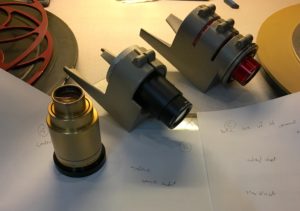
The lenses A, B and C. From the left: ISCO ULTRA STAR HD f 2.0, SCHNEIDER CINELUX-ULTRA f 2.0 and ISCO ULTRA STAR HD PLUS f 2.7.
So I was going to be the guinea pig in a blind test. Jerry had assembled a 35 mm test material; one reel of trailers of good quality and one reel from Ridley Scott’s ”Someone to watch over me” (1987), shot by Steven Poster, ASC. All this would be shown with three different lenses simply called A, B and C, and my task was to judge which one of them produced the best picture. The reel from ”Someone to watch over me” just happened to be in the projection booth at the time, and those of you who have this lively little thriller in clear memory know that it is ”Blade Runner light”, brimming over with backlight, smoke and all the Ridley Scott trademark ingredients of this vintage. The story also resembles ”Blade Runner” since it revolves around a detective who falls in love with the wrong woman. ”Someone to watch over me” is slated to be shown at the SFI Cinematheque this autumn. It’s a very nice print.
But back to our test. First on the menu was a ”shoot-out” between lenses A and B using the trailer-reel. Jerry kept switching back and forth between the lenses, allowing me to get a good look at them both, and I picked lens A as the winner in this first comparison test. Then Jerry ran the reel from the feature film, switching back and forth between lenses A and C. Watching the footage, I was beginning to suspect that lens C was the one that you “were supposed” to find superior, because it was slightly sharper all the way out in the extreme corners. However, it also had a ”clinical” feel to it and an ever so slight orange tinge, which I wasn’t crazy about.

Early on in the screening it looked like all three lenses performed poorly, but then Jerry delicately suggested I remove my…
To be honest, all three lenses were very good, so I felt a little as if I’d been asked to pick the winner from a selection of vintage wine. But I stuck with lens A as the overall champion; to my eye, it had the best contrast and was slightly cooler than the other two, and the image felt clean, sharp and had plenty of fine detail. The corners were slightly softer than with lens C though.
That’s when Jerry entered and revealed the true identities of lenses A, B and C.
It turns out that the one I liked the best was a 20 year old ISCO ULTRA STAR HD f 2.0. The one I had in second place was an ISCO ULTRA STAR HD PLUS f 2.7, which is an about 12 year old lens. The one I liked the least out of these three was in fact the most recently manufactured, a SCHNEIDER CINELUX-ULTRA f 2.0. To me it seemed slightly darker and less contrasty than the ULTRA STAR f 2,0.
I guess I like good contrast.
And this little comparison test is unlikely to offend any retailer, because none of these lenses are still in production. Nor should it hurt the feelings of any lens manufacturer either, because all three lenses basically come from the same source, since Schneider bought ISCO late in the game when digital cinema was rolled out.
But time’s up now -both Jerry and I have other appointments- and I round off the conversation by saying how much I look forward to seeing ”Someone to watch over me” at the Cinematheque this autumn. But Jerry chuckles, dashing my expectations slightly, ”yes but that screening will be with the ISCO ULTRA STAR HD PLUS f 2.7, because those are the lenses installed in that cinema!”
No worries. As I said, it was pretty much a choice between three great vintage wines.
Lars Pettersson, FSF

